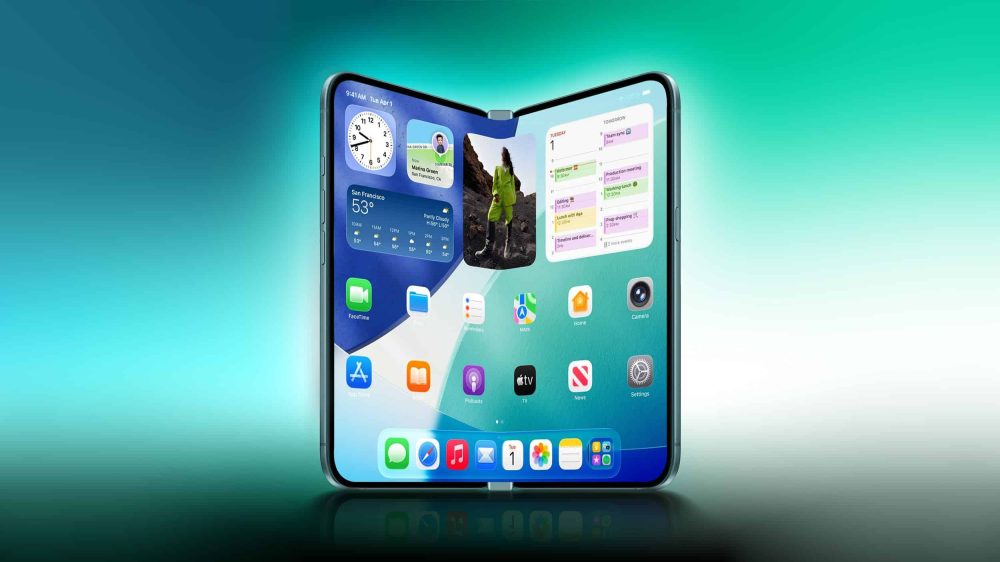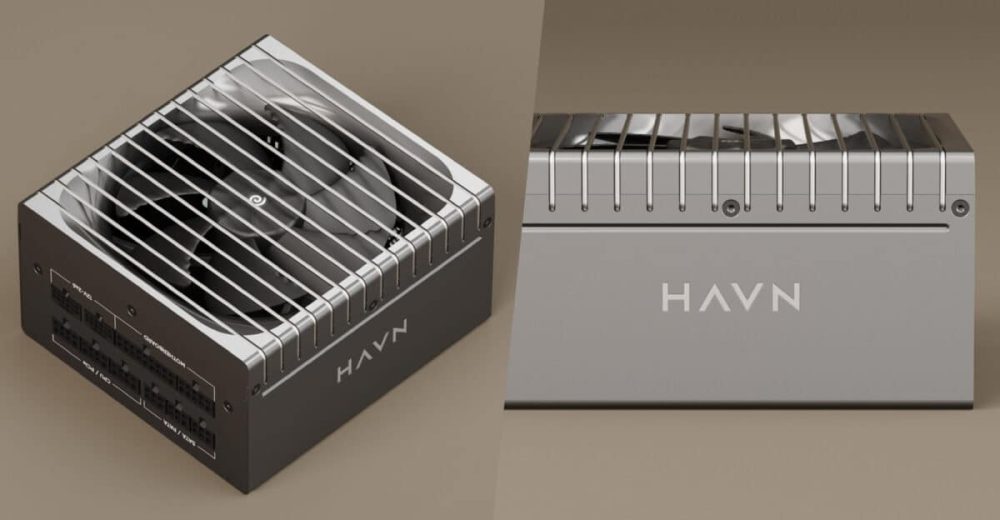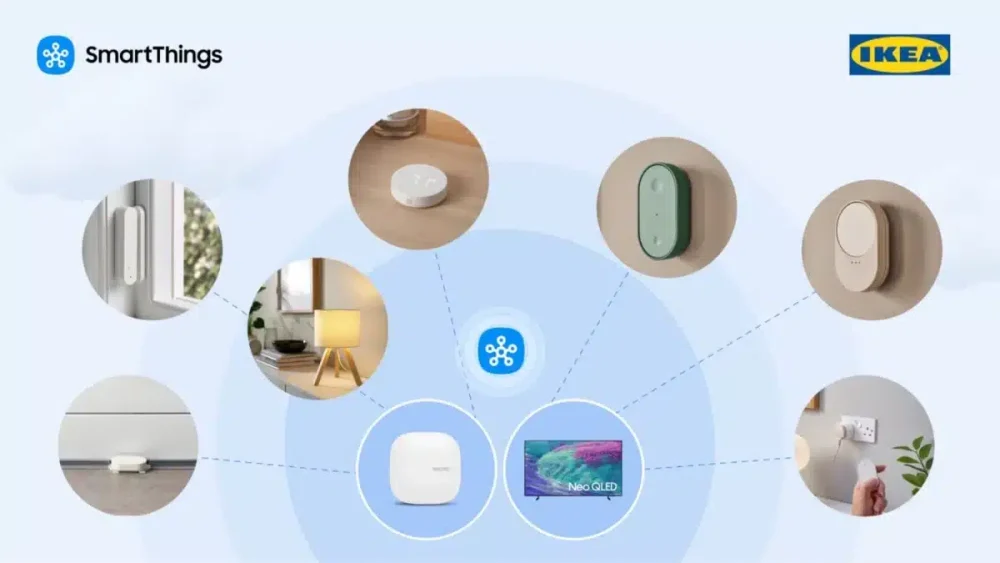Apple’s long-rumored entry into the foldable smartphone market is taking a more concrete shape, with new reports suggesting a design that leverages the company’s recent ultra-thin iPhone Air. According to Bloomberg’s Mark Gurman, the device will look like “two titanium iPhone Airs side-by-side,” marking a significant design achievement for Apple when it potentially launches in 2026.
The report provides the most detailed glimpse yet of what Apple’s first foldable device could offer, positioning it as a premium, high-end product in an increasingly competitive category.
The “iPhone Air” Design Philosophy
The core of the new rumor is that Apple will base its foldable on the design language of the recently released iPhone Air, which measures just 5.64mm in thickness. This suggests the foldable iPhone will prioritize an ultra-thin and lightweight form factor.
Analyst Ming-Chi Kuo has previously suggested that the device could be even thinner when unfolded, potentially as slim as 4.5mm. For comparison, current leading foldables, such as the Samsung Galaxy Z Fold7, are approximately 8.9mm thick when folded. This focus on thinness would be a key differentiator for Apple, though it may result in a device that is thicker than some rivals when closed.
Expected Specifications and Features
Based on circulating reports from Gurman and Kuo, the foldable iPhone is expected to have the following specifications:
- Displays: A 7.8-inch main inner display and a 5.5-inch outer screen for use when folded.
- Materials: A titanium chassis, mirroring the premium build of the iPhone Air and iPhone Pro lines for enhanced durability.
- Biometrics: To save space, Apple may forgo Face ID and instead integrate Touch ID into the power button on the device’s side.
- Cameras: A dual-lens rear camera system, with a front-facing camera accessible in both folded and unfolded states.
Premium Price and Production
This engineering feat is expected to come with a premium price tag. Gurman suggests a starting price of at least $2,000, placing it firmly in the ultra-high-end segment, competing directly with Samsung’s Galaxy Z Fold series.
Regarding production, Gurman indicates that Foxconn in China dispels speculation about initial output in India. The target launch window remains Fall 2026, though this timeline could be subject to change.
A Late but Potentially Impactful Entry
If Apple launches in 2026, it will be entering a market that Samsung has dominated for years. However, Apple’s strategy appears to be focusing on refinement and durability. The use of titanium and a design derived from the robust iPhone Air could address common consumer concerns about the fragility of foldable devices. Furthermore, if Apple can translate the iPhone Air’s relatively good repairability (as noted by iFixit) to its foldable, it would be a significant advantage over competitors.
The Bottom Line
While still unconfirmed, these rumors paint a picture of a foldable iPhone that is less about radical innovation and more about applying Apple’s signature design precision, premium materials, and user experience to the foldable form factor. It aims to be a “design achievement” that feels familiar yet transformative, albeit at a cost that will likely limit its initial appeal to early adopters and premium buyers.


